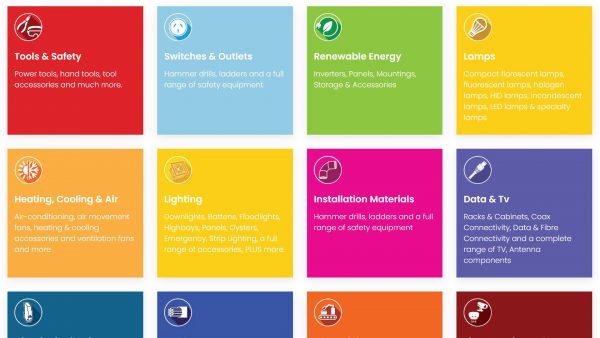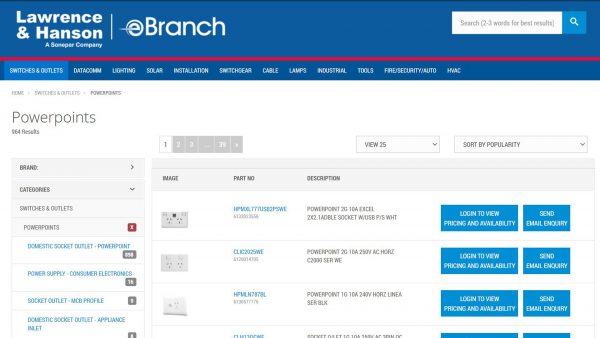
Solarsps
HOW THE IOT IS CHANGING SOLAR
HOW THE IOT IS CHANGING SOLAR
The Internet of things (IoT) is fast becoming a hot topic of conversation and vendors are quickly adding IoT-enabled devices to their product ranges. Being closely connected to the future of solar, The Internet of Things and the emerging technologies surrounding hyper-connectivity are determining the future of power management.
The Internet Of Things
Simply speaking, the Internet of Things connects everyday appliances like coffee machines, fridges, wearable devices and anything with an on and off switch together using the internet and enables them to talk to each other. This level of hyper-connectivity opens up the opportunity for endless connections between devices, applications and users.
At present, the Internet of Things is most effectively used in Britain through the use of IoT-enabled smart meters. The functionality of smart energy meters enable users to adjust the temperature down if it’s a sunny day, activate heating on their way home or use sensors to turn the heating off when no-one’s home. These internet activated meters allow British households to remotely control their heating and cooling and use data to make smarter, more efficient energy decisions.
If we think about the way computers and mobile devices have infiltrated our daily lives, IoT devices are destined to play a greater role in the not so distant future.
The IoT And Solar
When it comes to solar, Brisbane-based specialist, Redback Technologies is leading the way with their IoT-enabled smart hybrid solar power inverter. This hybrid inverter uses smart technology to take advantage of the ‘solar window’ to power household appliances, sending any excess energy to an attached household battery. During night time peak periods, power is drawn from the battery, making homes more self-sufficient and less reliant on the grid.
IoT-enabled solar systems use data to give customers unprecedented levels of flexibility over their appliances and energy consumption. Acting like a household hub, the Redback hybrid solar inverter can detect other IoT-enabled appliances on the network and control them in line with the ‘solar window’. For example, an IoT-enabled device like the Redback solar inverter can detect a lightning storm and preemptively avoid a blackout by switching from the grid to battery power. It also allows customers to better manage their energy consumption and avoid using the grid during peak periods by ensuring that the battery is sufficiently charged.
IoT-enabled solar devices are paving the way for appliances to deliver software-driven power management and facilitate smarter scheduling of power delivery.


